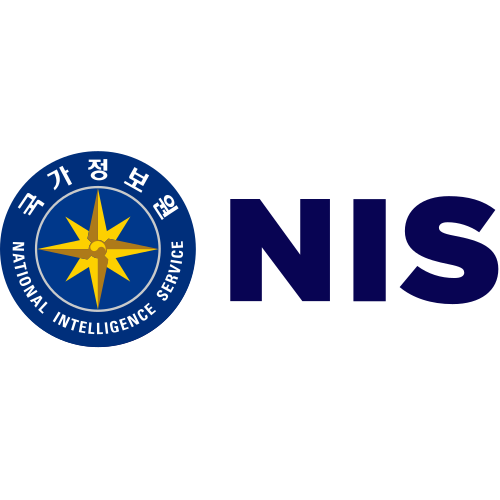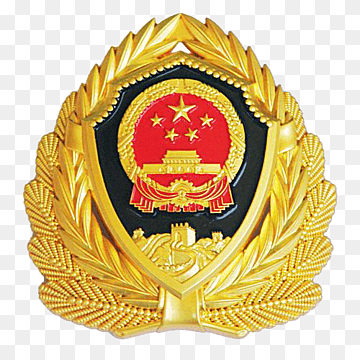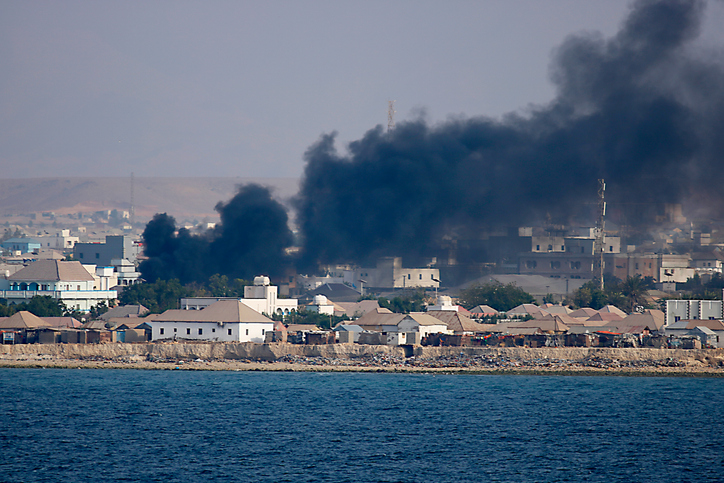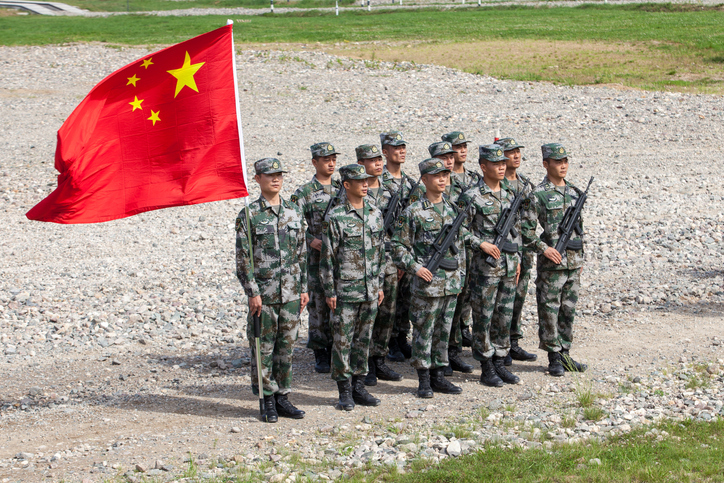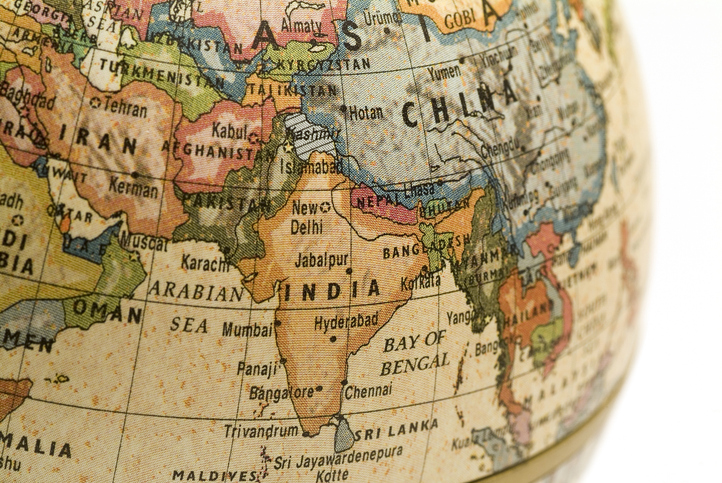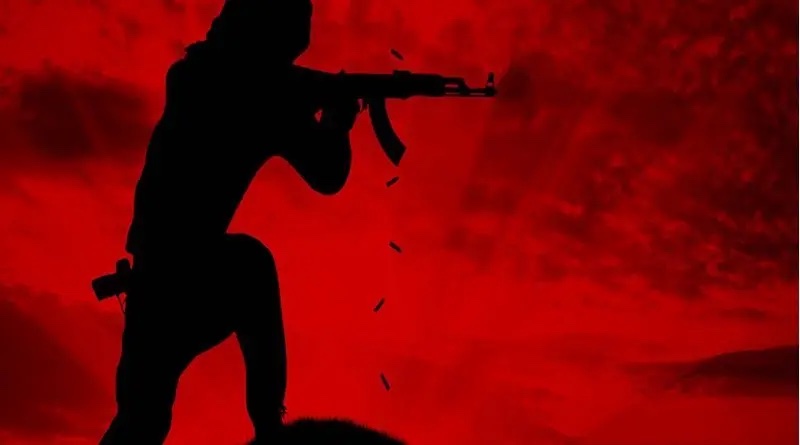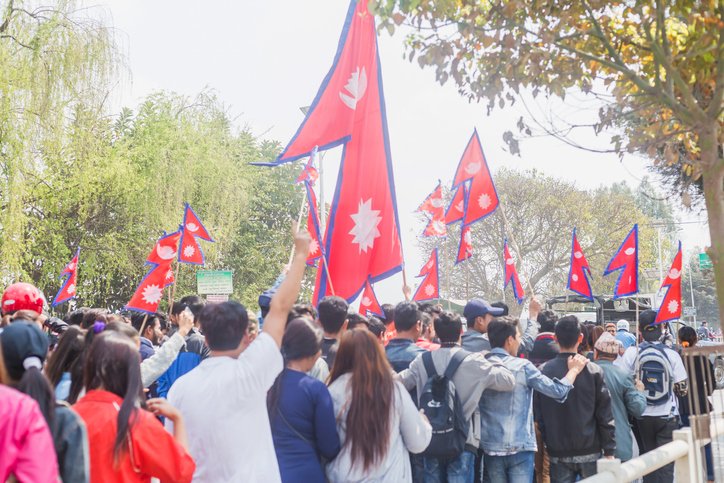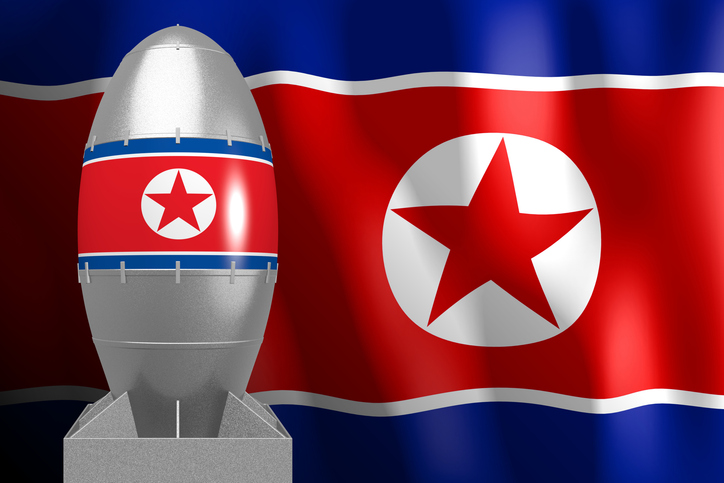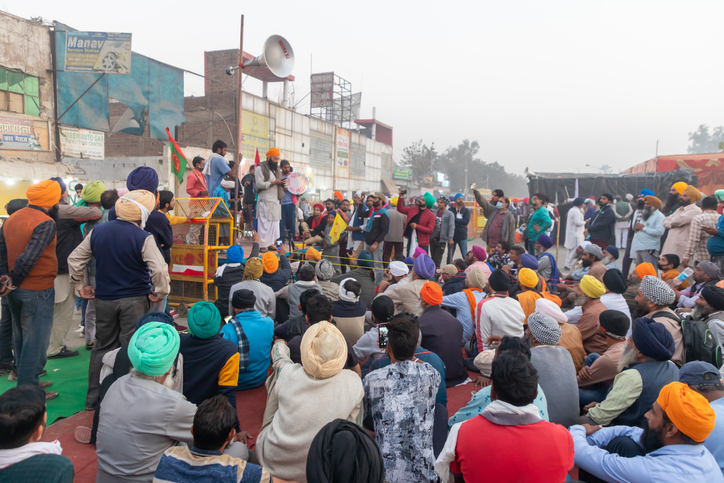
Posted On : Nov 7 2024
Navigating the US-Iran Standoff: Paths to Diplomatic Resolution
In the complex landscape of international relations, few issues are as perennially contentious as the relationship between the United States and Iran. With a history marked by mistrust, conflict, and occasional diplomatic overtures, the standoff between these two nations continues to shape regional dynamics and global security. As tensions simmer and occasional escalations occur, finding a path towards a sustainable diplomatic resolution remains imperative.

The roots of the US-Iran standoff trace back decades, with key milestones including the Iranian Revolution of 1979, the subsequent hostage crisis, and the imposition of sanctions by both sides. While occasional periods of détente have emerged, such as the signing of the Joint Comprehensive Plan of Action (JCPOA) in 2015, underlying tensions persist, fuelled by geopolitical rivalries, ideological differences, and strategic interests.
Recent years have witnessed a resurgence of tensions, particularly following the US withdrawal from the JCPOA in 2018 and the subsequent imposition of crippling sanctions on Iran. This move, coupled with a policy of maximum pressure, has exacerbated hostilities and led to a series of tit-for-tat actions, including targeted assassinations, cyberattacks, and regional proxy conflicts.
Against this backdrop, the question of resolving the US-Iran standoff remains both urgent and formidable. While military confrontation looms as a constant spectre, the pursuit of diplomatic avenues offers a glimmer of hope for de-escalation and conflict resolution. Key stakeholders, including the US, Iran, and regional actors, must commit to dialogue, compromise, and confidence-building measures to navigate the complexities of this longstanding standoff.
Central to any diplomatic resolution is a willingness to engage in good-faith negotiations and to address the underlying grievances of both parties. For the US, this entails a reassessment of its maximalist approach and a recognition of Iran's legitimate security concerns, including its regional influence and nuclear aspirations. Conversely, Iran must demonstrate a commitment to transparency, compliance with international norms, and a cessation of provocative actions that undermine stability in the region.
Moreover, the involvement of regional actors and multilateral institutions is crucial in facilitating dialogue and fostering trust-building measures. Initiatives such as the Gulf Cooperation Council, the Arab League, and the United Nations can serve as platforms for mediation, conflict resolution, and the promotion of regional security architecture.
Ultimately, the resolution of the US-Iran standoff requires patience, perseverance, and a genuine commitment to diplomacy. While entrenched rivalries and divergent interests pose formidable obstacles, the costs of continued confrontation far outweigh the benefits of cooperation. By embracing dialogue, mutual respect, and compromise, the United States and Iran can chart a course towards a more stable and secure future for the region and the world at large.
No Comments Added






